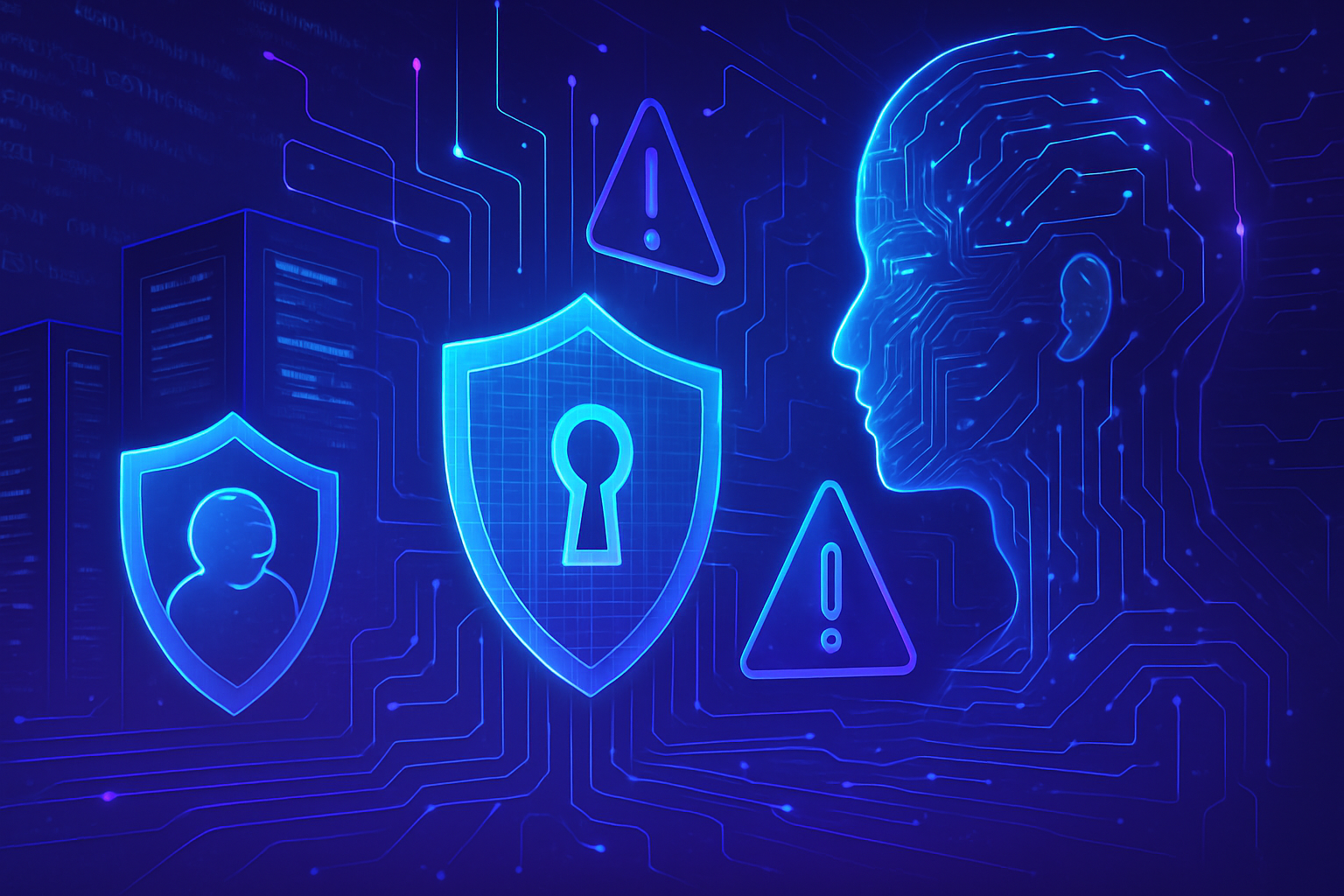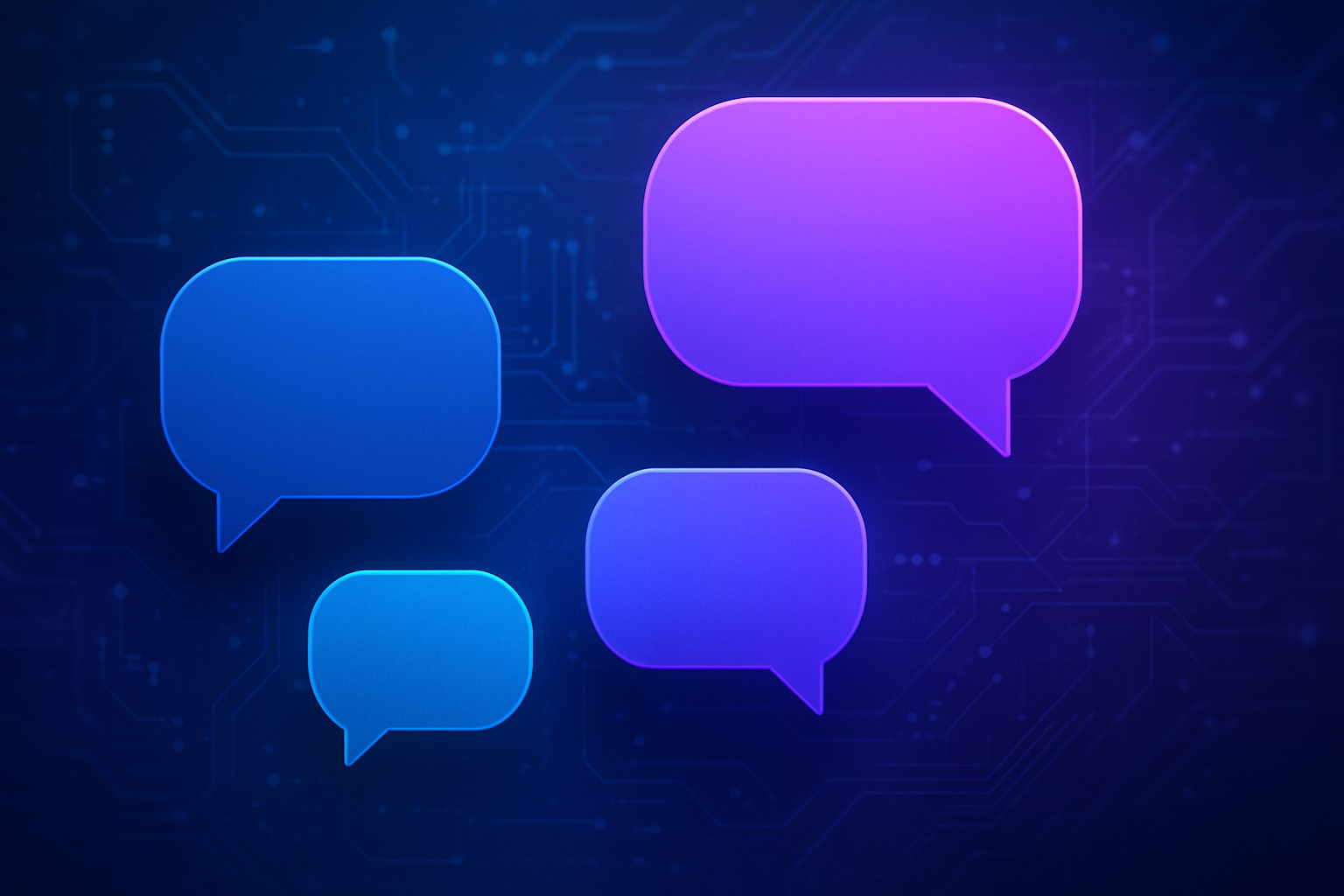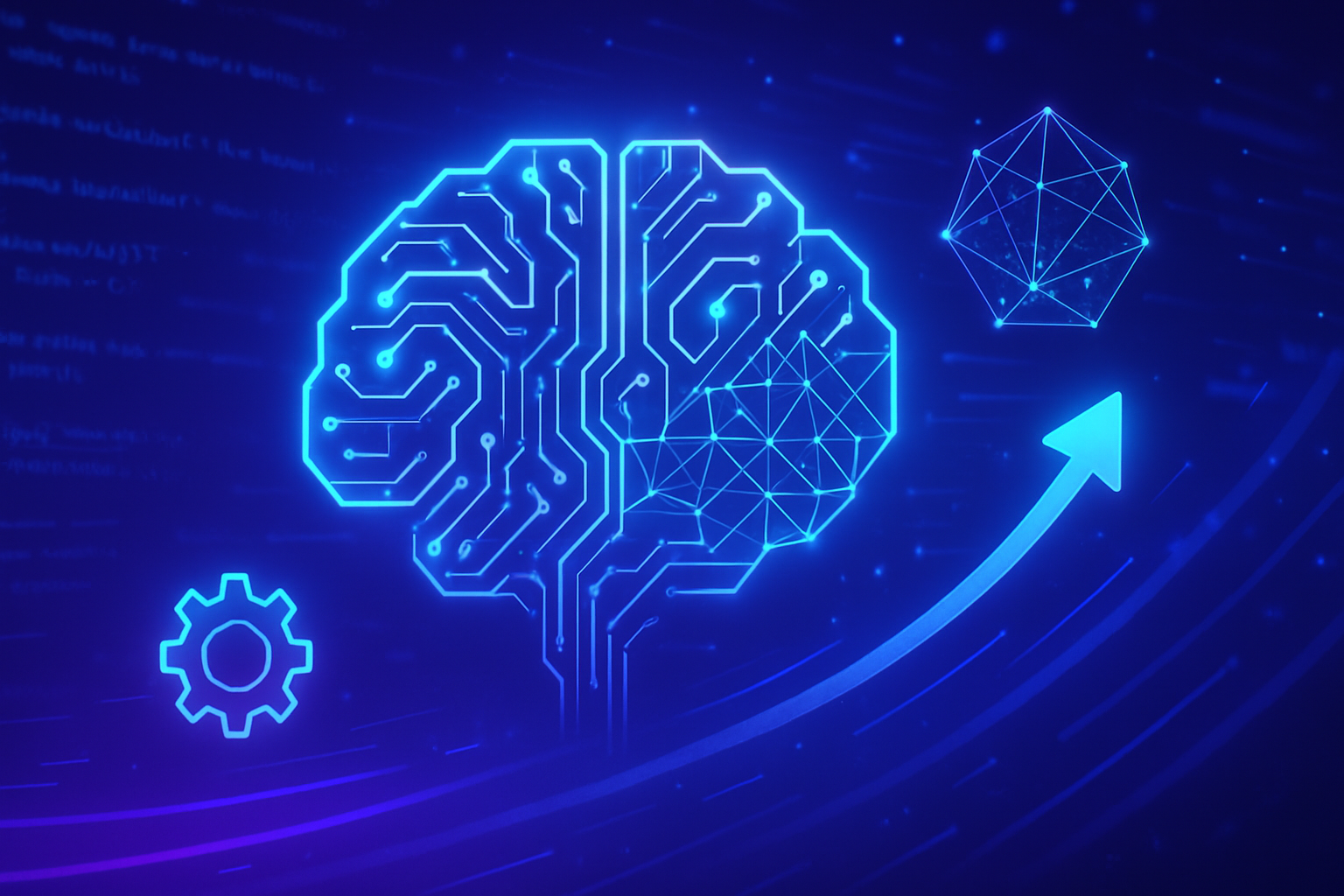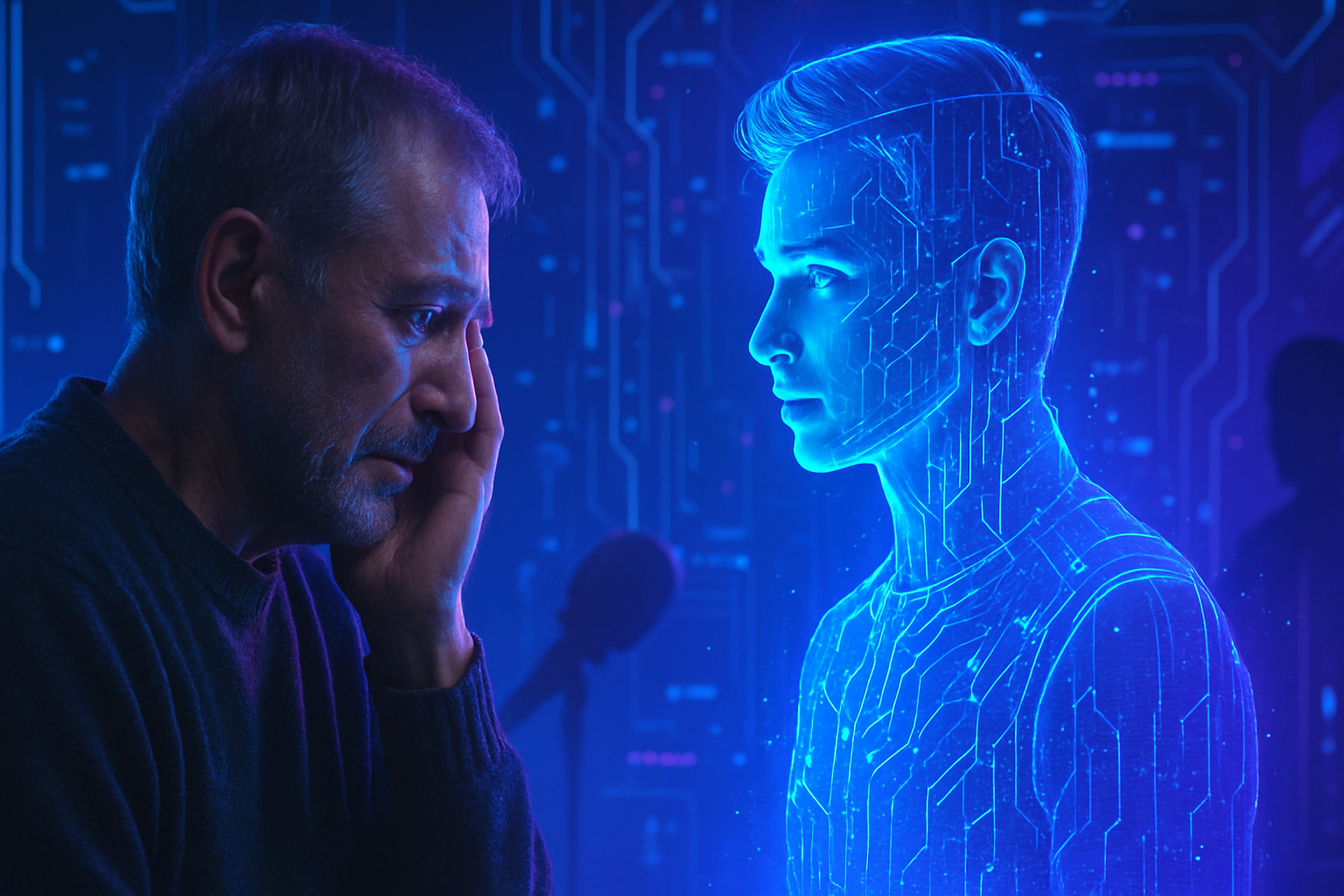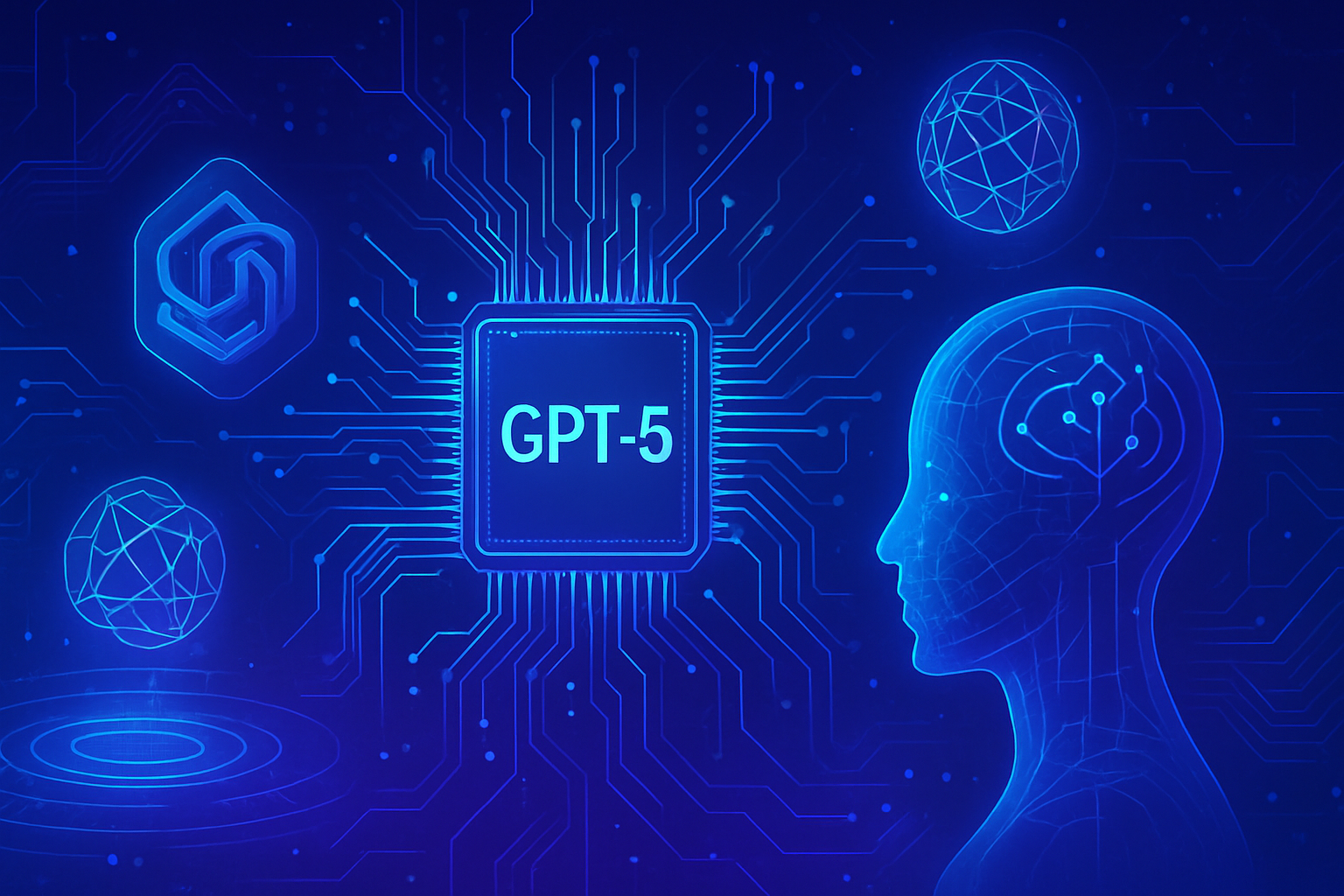The anxiety surrounding the rise of artificial intelligence continues to grow within universities. *Students are juggling the use of these tools while fearing the academic consequences.* The paradox between the massive adoption of AI and ethical concerns highlights a troubling reality. Through the reflections of Talia Winiarsky, a complex picture emerges, intertwining opportunities and apprehensions. *The quest for intellectual authenticity clashes with the temptation of efficiency.* The palpable tension in the face of this new technological era raises essential questions about the future of human creativity.
Student practices in the face of AI
Throughout the academic year, the integration of artificial intelligence in educational practices sparks a vibrant debate among students. A recent survey reveals that 69.2% of students are using AI tools, notably to correct typographical and grammatical errors. A student reports that using ChatGPT allows her to save valuable time, replacing her repeated visits to the library.
This growing adoption has yet to be the subject of in-depth discussions in the humanities curricula. The fear of academic repercussions hinders exchanges that are vital nonetheless. Students hesitate to admit their use of these innovative technologies, fearing being pointed out for cheating, as mentioned by a professor from Princeton.
The limits of educational policies
Academic institutions are facing a major challenge: ignoring the rise of artificial intelligence. Despite instructions aimed at prohibiting its use, students continue to resort to AI. The abstinence-based education model regarding AI proves to be ineffective. Traditional exams cannot compensate for the research work that requires skills that AI can assist.
The lack of clear guidelines encourages a culture of moral ambiguity. Students, perceived as disillusioned users of this technology, are forced to forge their own ethical standards. This phenomenon leads to a troubling silence about the truths of modern academic life.
The moral and ethical implications
Examining the use of AI through the lens of the humanities highlights fundamental ethical concerns. Aspiring student writers often view productivity as a reflection of their intellectual capabilities. Using AI to produce finished works raises questions about the authenticity of academic performances and personal development.
Meanwhile, STEM students use AI as a personal tutor, facilitating the assimilation of complex concepts or optimizing their code. This diversity of applications illustrates well the adaptability of AI to various academic needs.
Societal concerns
The coexistence of the intensive use of AI while perceiving it as a societal threat reflects a fascinating contradiction. Nearly 40% of students express skepticism about the beneficial effects of these technologies. This gap signals a dilemma not addressed by institutions. Can AI truly be used wisely without leading to harmful consequences?
The prospect of entering a job market saturated with AI tools fuels growing anxiety. Operations like those of Amazon, which emphasize AI in their processes, raise concerns about the relevance of human skills in the face of increasing automation.
Environmental repercussions
The consequences of AI do not stop at academic and professional fields. A 2024 study highlights the significant environmental impact of artificial intelligence technologies. Producing content, even something as light as an email, requires considerable ecological resources. This critical waste questions the future of AI technologies at a time when sustainability is paramount.
Call to discussion
The absence of open dialogue regarding the integration of AI in academic spheres feeds concerns and societal issues. The choice to engage with these technologies is not solely personal; it results from an academically constraining environment. Clear policies should embrace the benefits of AI while recognizing its potential dangers, to foster a balanced educational framework.
Addressing these questions transparently would shed light on the advantages and disadvantages of AI, thus preventing its emergence as an unregulated and potentially destructive force. Only collective and informed action can guide the positive integration of artificial intelligence.
FAQ on Winiarsky: the persistent dilemmas of artificial intelligence
What are the main ethical dilemmas related to the use of artificial intelligence by students?
The main ethical dilemmas include the fear of plagiarism, excessive dependence on AI tools, and the question of academic integrity. Students often find themselves torn between using AI to facilitate their work and the need to adhere to academic standards.
How does artificial intelligence impact the future workforce and job opportunities?
AI has the potential to replace certain tasks performed by humans, rendering some jobs obsolete. Graduates may find themselves competing with AI systems capable of performing their work, raising concerns about their employability in an increasingly automation-oriented job market.
What benefits can AI bring to students in their academic journey?
Benefits include the ability to conduct more effective research, improve the review and error-checking process in writing, and provide support in learning new complex concepts through personalized tutorials.
How are educational institutions addressing the integration of AI in courses?
Some institutions are trying to develop clear policies around the use of AI, encouraging teachers to consider its pedagogical use, but often, general prohibitions are imposed, which may not reflect the reality of AI use by students.
Why is there silence around the use of AI in academia?
This silence stems from the fear of academic repercussions. Students may fear being reported for using AI tools, resulting in a culture of concealment surrounding the use of these technologies.
What are the environmental consequences of the use of artificial intelligence?
Consequences include high consumption of natural resources, such as water, and a significant carbon footprint related to the energy needed to power the servers required for AI systems, raising ecological concerns.
Do students using AI feel a moral dilemma?
Yes, many students experience an inner conflict, using AI tools to save time while being aware of their ethical concerns regarding integrity and the impact of these technologies on society.

